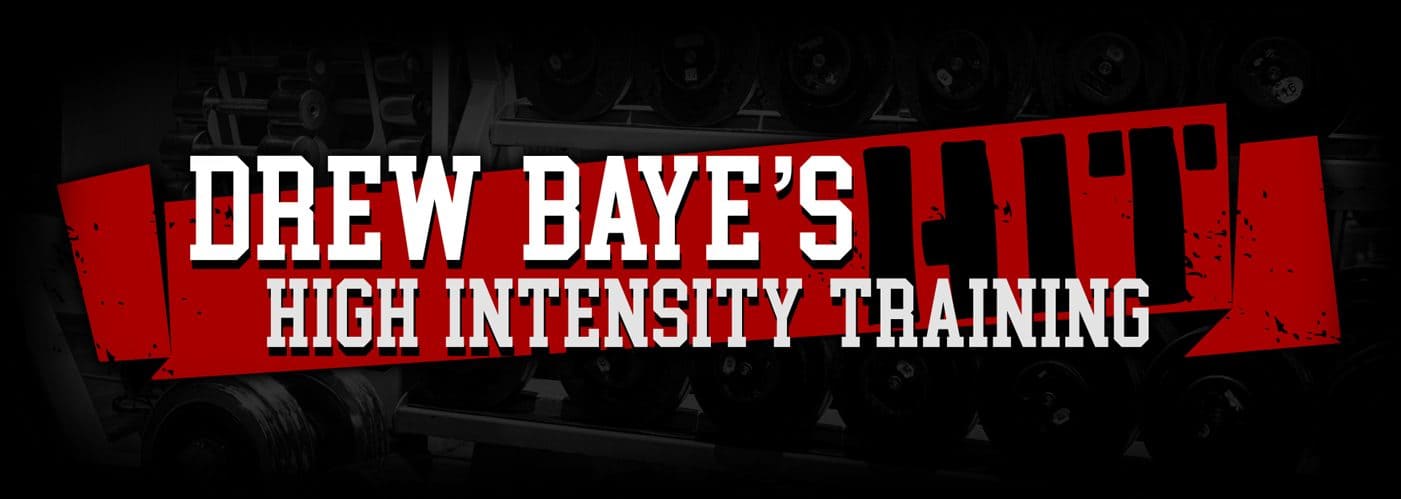Every once in a while I come across an article by some well-meaning but ignorant trainer warning people of the dangers of training to failure.
If the point of failure is defined as the moment where it is no longer possible to continue an exercise in the prescribed form, then there is nothing dangerous about training to failure. Unless there is a pre-existing injury or condition which would contraindicate performance of the exercise to begin with, risk of injury only increases when one attempts to continue an exercise beyond the point where they are capable of using proper form.
Due to the greater physical and mental demands of to-failure training, a lower volume of work is necessary. I strongly suspect many of the beliefs about problems with training to failure, such as concerns over injuries, CNS “burnout”, etc., are probably the result of people attempting to train with a high level of intensity without an appropriate reduction in training volume.
I’ve been training people using high intensity training methods for over 15 years, and the majority of my clients train to failure almost all of the time after their first few weeks. None of them have ever been injured as a result, and this includes clients with various neck and lower back problems. There is no merit to the claim that training to failure in and of itself leads to or is associated with injury, and while trainers who say so may mean well, they are mistaken.

Comments on this entry are closed.
I also think that one of the main reasons individuals (trainers included) look to discredit high intensity training (calling it dangerous, etc.) is that it is tough to do. Not everyone has the fortitude to push themselves hard enough on a consistent basis to make HIT work for them.
shane’s comment happens to be one of the most relevant that i can think of when it comes to difficulty/intensity of training. The concept of HIT (seems to me) is based on an individual training at their relative capability. But it does make perfect sense that most people would be more apprehensive about pushing strength training to those relative extremes,because the “psychology structure” takes time (i would say years) to set in and be the driving force to motivate someone to (want to) achieve higher intensities. The beginning exerciser has a natural feeling of dread when approaching strength training (or most any physical activity)..;given that there are so many boring or otherwise mediocre trainers,AND that most equipment loses its excitement after awhile,its no wonder the fitness industry faces so many challenges with club membership.
When i designed the ONLY weightstack machine that lets the user change weight at ANY TIME they want without stopping the exercise,I did it because I understand just HOW boring AND INefficient current weightstack machine designs really are.
thx,
scott
Hello Drew, thanks for the great information.
a) If we stop working out for two months due to injury, will we lose actual muscle itself or only strength? Will all our hard earned muscle vanish in two months of injury related non activity?
b) Also is it better to eat at a deficit during those two months of injury rehabilitation (due to inactivity)?
Hey Ahmd,
You would have to stop training for much, much longer than two months to lose your muscular strength and size gains, unless you are very sick or are immobilized for most of that time. Unless you have a significant reduction in overall activity including stopping your workouts you wouldn’t need to adjust your food intake much.